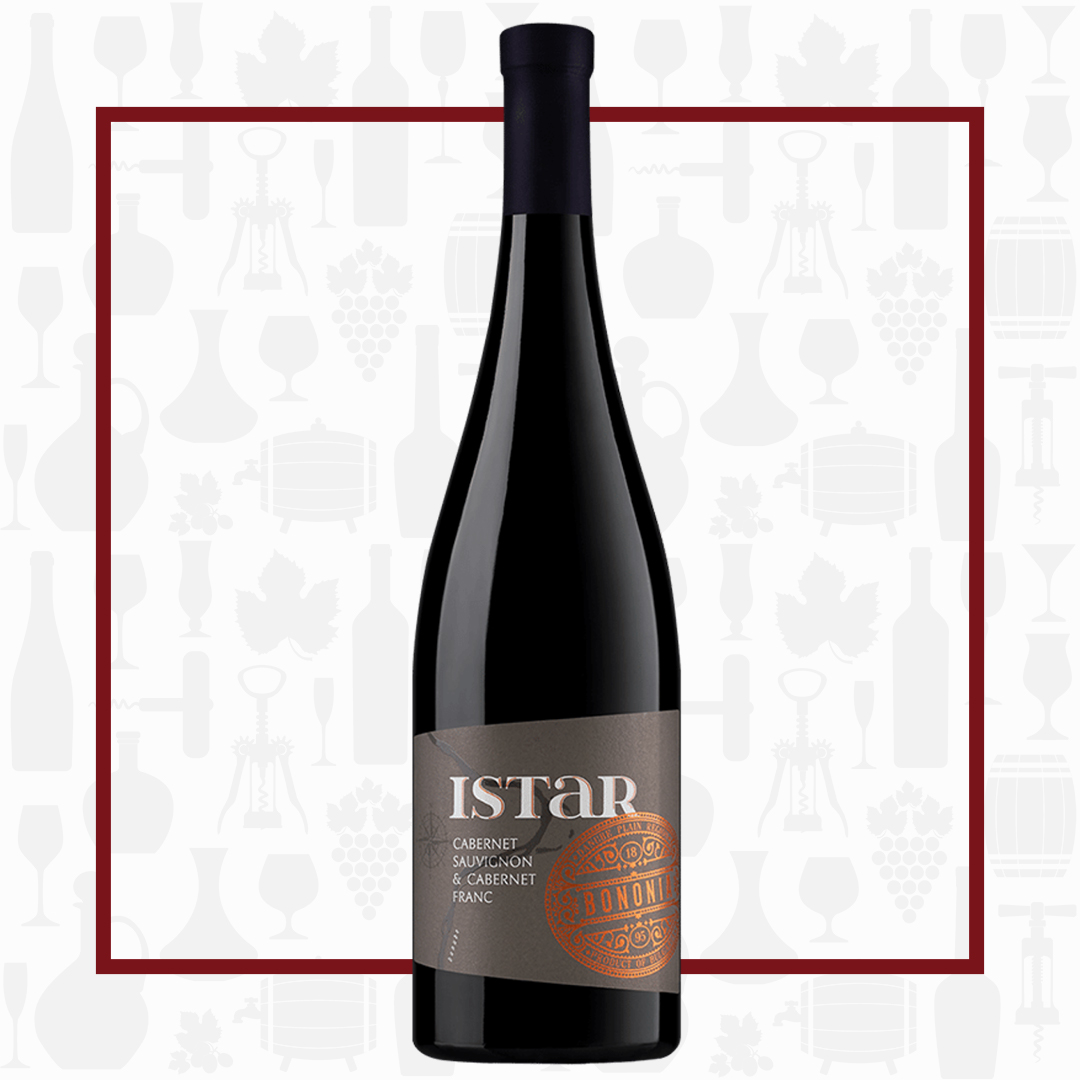Cellar Profile
Nestled along the banks of the Danube River, Bononia Estate is named for the ancient Roman Fortress that occupied the spot now known as the town of Vidin, where Roman armies brought vines for the cultivation of wine grapes. After careful soil analysis, the area was replanted to grape in 2013 and the first vintage was produced in 2016. The Danube River appellation of Bulgaria is a moderate to cool region, with warm, dry days and cold evenings during the growing season. This large diurnal shift, coupled with breezes from the Danube, allows for ecological viticulture. Utilizing organic practices in tandem with technological advances and a keen eye for sustainability, Bononia Estate crafts nervy, fruit-forward and balanced wines, focusing on Chardonnay, Sauvignon Blanc, Cabernet Sauvignon, Cabernet Franc and the exciting, vibrant, autochthonous local varietal, Gamza. Bulgarian wine has long been eschewed by “serious” wine drinkers as cheap, cheerful and forgettable. However, Bononia is part of the modern landscape of Bulgarian winemaking, with a focus on fine wines as opposed to bulk production, and the wine world is beginning to take notice! The Estate made the World’s Best Vineyards TOP 100 list in 2024.
Region
There are only two wine growing regions in Bulgaria: the Thracian Lowlands and the Danubian Plain. The latter lies south of the iconic Danube River, with the Black Sea to the East and Serbia and Macedonia to the West. The region enjoys as many sunlight hours during the growing season as Northern Italy and Portugal, allowing for full ripening of both international and indigenous varieties. The movement of the Danube River, as well as the influence of the Black Sea, moderate heat during the day and keep the evenings cool, ensuring brilliant acid levels in the wines. The yields are remarkably small in Bulgaria, with an average of only 4.3 tons/ha. By comparison, the US averages 18 tons/ha. Jancis Robinson has noted the exceptional potential of this northwestern part of Bulgaria and the wine world is starting to pay attention.
Vineyard
Planted in 2013 utilizing the Guyot training system, these vineyards are strategically placed just south of the Danube, along its banks. The fast flowing water and accompanying breezes keep the grapes cool and dry during the growing season. The soil has great drainage and is composed of dark loam created by the ancient forests surrounding the region. These are true cool climate vineyards, so canopy management is key to ensuring the grapes get enough sunlight.
Winemaking
Grapes are hand-sorted, transported in small boxes to the winery and then whole bunch pressed into stainless steel for an extended maceration and fermentation using temperature control. After malolactic fermentation is complete, the wine is transferred into new French oak barriques for 6 months of aging before release.
Varieties
Along with Sauvignon Blanc, Cabernet Franc is one of the original parents of Cabernet Sauvignon. Cab Franc needs plenty of sunlight in order to shed its green notes, but can craft exceptional wines that have power and elegance when given the proper attention and care. It is best known as part of the blend in classic Bordeaux wines, as well as the key red variety of the Loire Valley. Cabernet Sauvignon has smaller berries, thicker skin and higher sugar levels generally than Franc, and needs plenty of sun to fully ripen. The wines it creates are generally large, tannic and structured with aging potential. A key constituent in Bordeaux, it has grown to immense popularity in places like Napa Valley, Barossa and even Northern Italy. In Bulgaria, Cabernet Sauvignon was, at one point, the widest grown red grape; in recent years, its prominence has decreased, but many wineries still craft fantastic versions.
Tasting Notes
Aromas of black cherry, plum and cassis. The palate is rich and refined, with some soft, evolved tannins and zesty acidity. The plum replays, along with cherry cola, blackberry and baking spices. There is touch of herbaceousness from the Cab Franc, but it is well integrated with the primary fruit. The long finish has notes of vanilla from the oak aging. Chill lightly and enjoy with grilled sausages or serve at cellar temperature with a pan-seared rib eye.

